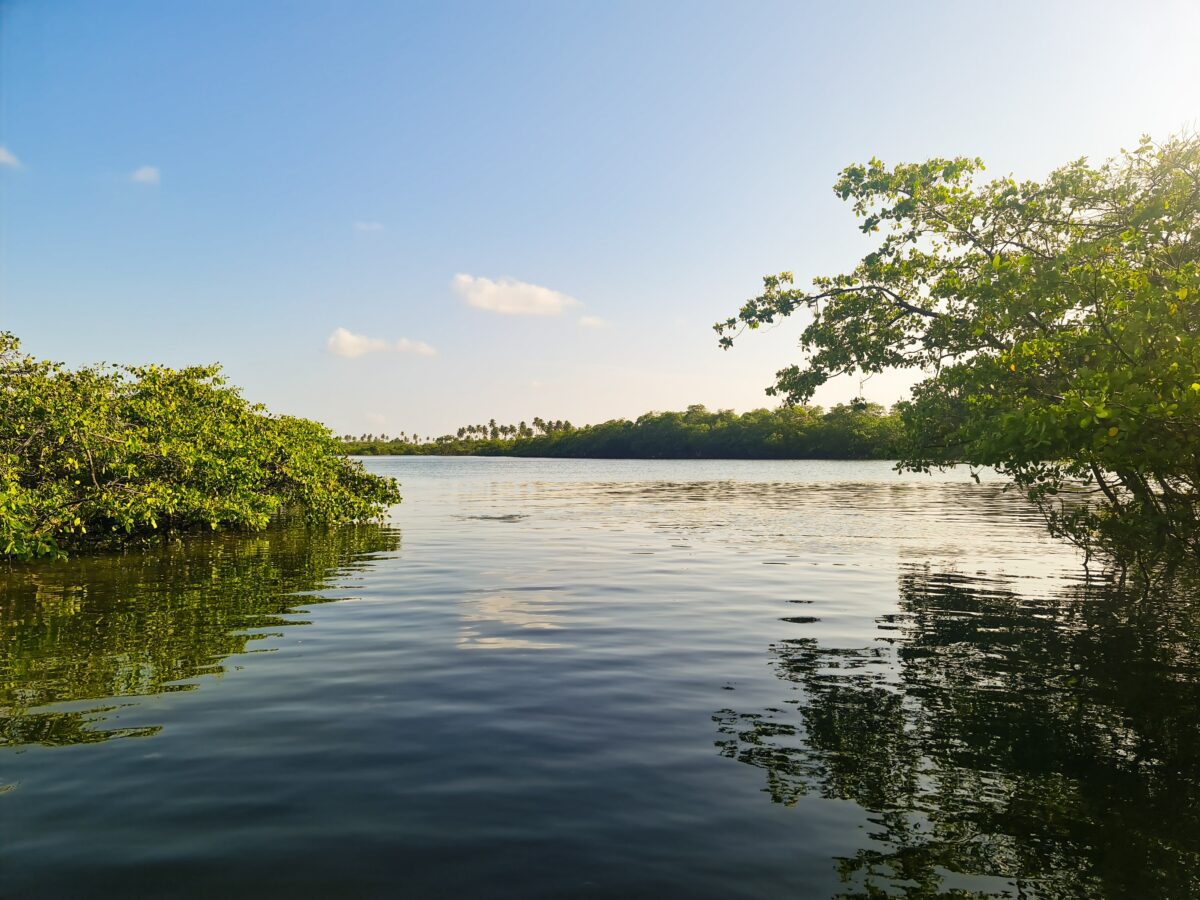CMI Update
While not yet into the aftermath of this horrific fire season, it’s clear there has already been devastating losses of life, property, environmental assets and services. Fortunately, most of the contracted carbon projects appear to have escaped without major impacts, but forests and plantations have been seriously affected.
In terms of heat trapping gases to the atmosphere, the fires have, to date, added the equivalent of a year of Australia’s emissions. These emissions are not added to our national accounts, as the assumption is carbon will be recovered through regrowth. However, if regrowth does not occur, e.g plantations are not replanted, these emissions will be included.
The restoration or repair job in the wake of the fires can’t be just about carbon. CMI has been talking with governments and key stakeholders about how the expertise and skills of the carbon farming industry can assist in the economic, social and environmental repair job at hand. That expertise, which includes indigenous hazard reduction and cultural burning, needs to be better recognised and engaged in recovery processes.
We can build better resilience into our vegetation management. But we must also stop adding to climate risks by achieving net zero emissions. Australia can lead in this challenge. Last week I wrote: Seven ways that our current climate policy framework can evolve and I’ll be speaking at the upcoming event: The Bushfire Catastrophe: What Now? Future Thinking. Australia’s strategy can build on current Morrison Government policies and commitments, and on innovations such as Queensland’s Land Restoration Fund (LRF).
Today’s joint announcement by the Prime Minister and NSW Premier Gladys Berejiklian could be a welcome step forward. It mentions potential clean technology investments and a transition plan, but it is unclear whether it is a transition to net zero emissions. It is also unclear whether or how these investments draw on the $2bn Climate Solutions Fund (CSF) that, prior to the election, was promised to operate through the Emissions Reduction Fund. CMI participated in the Grant King Review process, which considered best use of the CSF. We indicated some flexibility for the CSF if aligned to a net zero emissions 2050 plan. We also recommended an evolution of the safeguard mechanism and continued growth for the carbon farming industry and its employment, social, indigenous and environmental co-benefits.
John Connor
CEO, Carbon Market Institute



